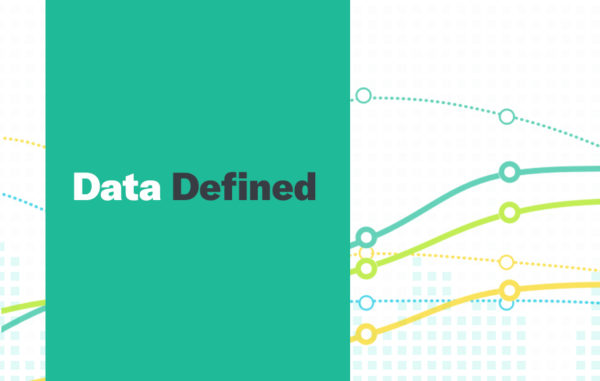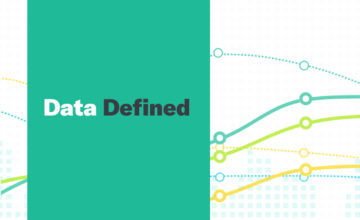Columnar Database Defined
A columnar database, also known as a column-oriented database, is a database that stores data by columns, rather than rows.
The goal of a columnar database is to efficiently read and write data to, and from a hard disk storage, to fasten the time taken to return a query. Columnar databases are like NoSQL databases, in the fact that they are designed to scale “out” using distributed clusters of low-cost hardware to increase throughput. This makes them ideal for data warehousing and big data processing.
The architecture of a columnar database, sees all the column 1 values placed together physically, followed by all the column 2 values. This format is copied for all columns in the data warehouse. This is to ensure that all corresponding column entries belong to the same input record. By doing this, it allows individual data elements, such as customer names, to be accessed in columns as a group, rather than individually.
Two main benefits of this type of database are;
– That it can be highly compressed, allowing for the columnar operations to be performed rapidly.
– It is self-indexing as it uses less disk space than a relational database management system (RDBMS) containing the same data.
In Data Defined, we help make the complex world of data more accessible by explaining some of the most complex aspects of the field. Click Here for more Data Defined.


